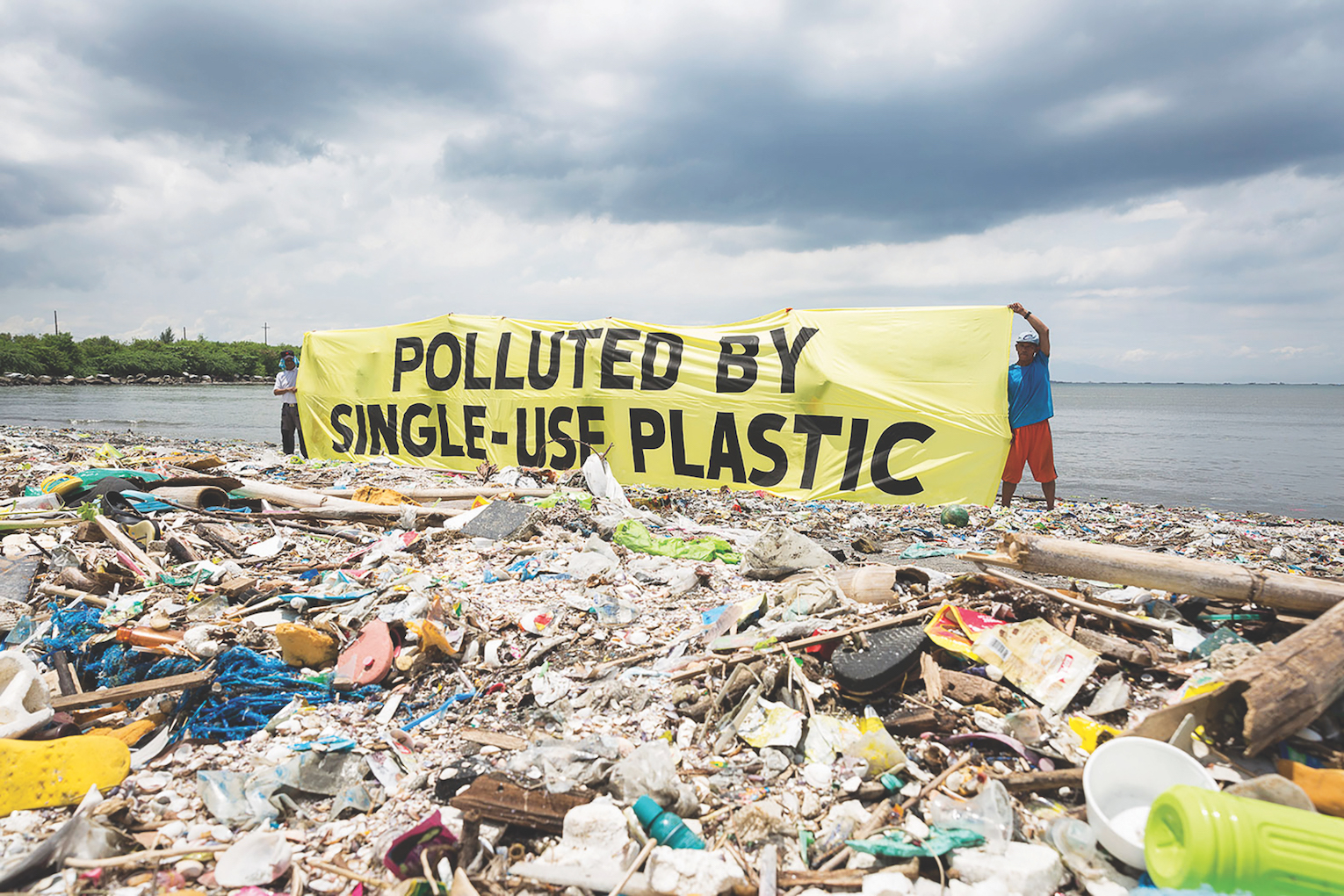
I recently decided to try going a whole week without buying anything in plastic packaging. (I allowed myself glass and paper: got a family to feed; plus I wasn’t about to forego wine, even in the name of research.) Needless to say, I failed dismally. It’s not until you set out to avoid plastic that you realise the entire world is bagged, shrink-wrapped, blister-packed, cling-filmed and otherwise encased in the stuff.
As everyone who watched Blue Planet II will agree, this is a global environmental disaster we’re only now waking up to, and are nowhere close to solving. My doomed, short-lived experiment didn’t provide any answers, I’m afraid; but it did make me rethink more than just my own shopping habits.
Finding products that aren’t in slick, glossy, well-executed (and, yes, often plastic) packaging is difficult these days, in no small part because manufacturers and retailers assume it’s what customers want. It’s true that people generally like new things to look ‘new’, and shiny packaging does that brilliantly; and there are often good legal, technical, practical or safety reasons behind a particular packaging solution.
So, to be clear, I have nothing against plastic per se. But is sparkly, flawless packaging really what your customers want? Is that what they’ve told you? Have you asked them? It’s probably not something people have really thought about before; but after seeing that turtle on Blue Planet II, about 11 million of them are now. Taking a lead and being seen to Do The Right Thing could give you a competitive edge now, plus make any future changes in the law easier to accommodate.
Just as importantly, do your packaging design and materials truly reflect your brand values? Not simply in terms of colours, logos and so on; but in what they say about you. For example, if you see your business as creative, innovative, challenging convention, then a slightly raw, less polished look and feel can get that across much more effectively than just saying so. In the same way, more durable materials can convey solidity and reliability; traditional materials speak of heritage and authenticity; and recycled and recyclable packaging demonstrates you’re working responsibly and sustainably more effectively than a CSR statement.
In the same way that avoiding plastic made me consider my attitudes, thinking about your packaging is a good place to start reassessing your brand values – or, perhaps, formally examining and defining them for the first time. And with 2018 still fairly new, and packaging looming larger in the public consciousness than it’s done in years, now’s the perfect moment to do it.
farrowcreative.co.uk




